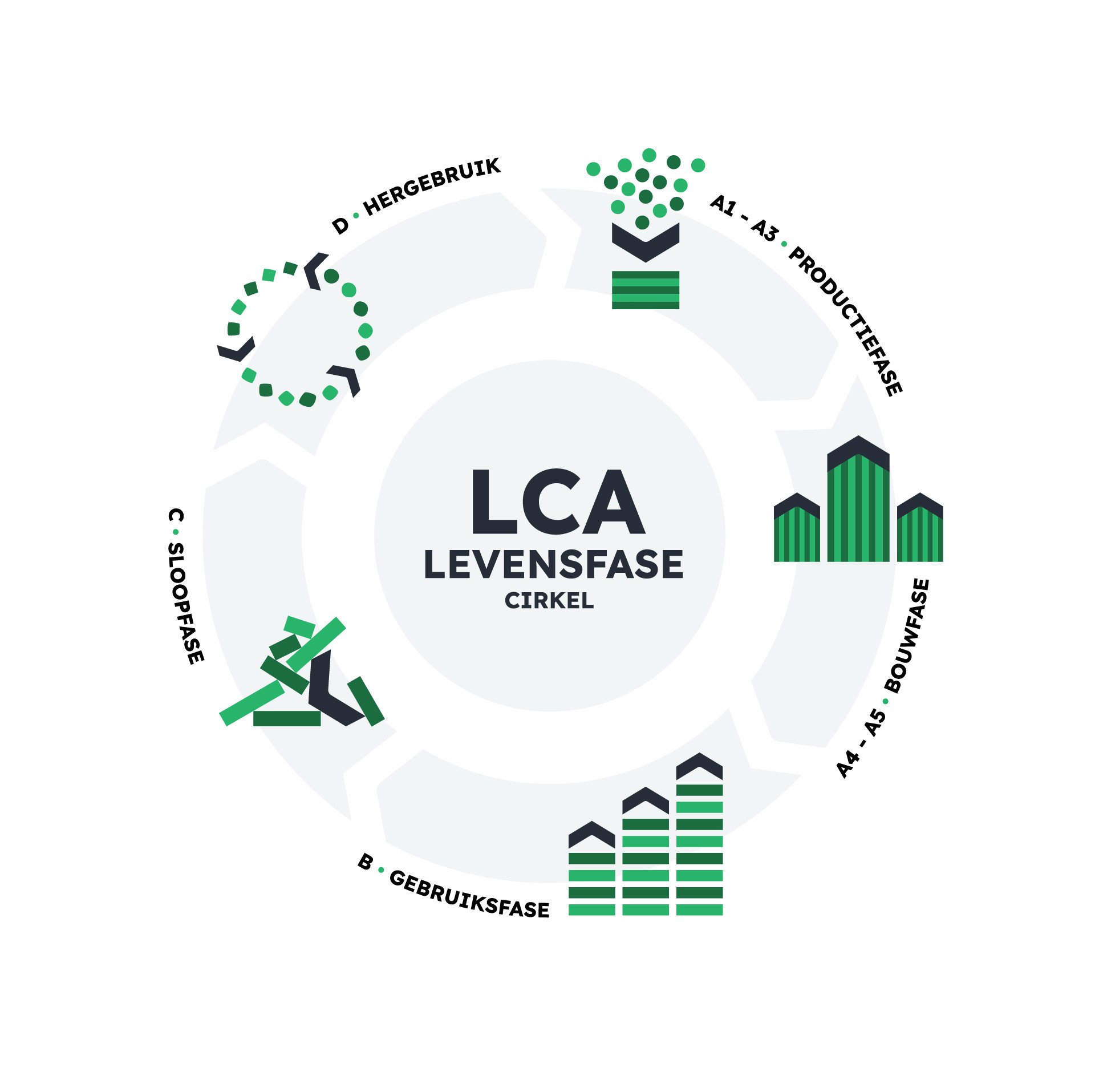Life Cycle Assessment

LCA is based on a set of international standards that define the principles, framework and requirements for conducting and reporting LCA studies.
The main ones are ISO 14040 and ISO 14044, which cover the four phases of LCA: (1) goal and scope definition, (2) inventory analysis, (3) impact assessment and (4) interpretation.
LCA's key elements are (1) identify and quantify the environmental loads involved, e.g. the energy and raw materials consumed, the emissions and wastes generated (2) evaluate the potential environmental impacts of these loads and (3) assess the options available for reducing these environmental impacts.
Life Cycle Impact Assessment (LCIA) is the method for converting inventory data from a life cycle assessment into quantitative contributions to environmental impacts. This enables practitioners and decision makers to better understand the damage caused by resource and emissions.
Impact categories considered include climate change, ozone depletion, human toxicity (cancer and non-cancer), ecotoxicity, particulate matter, ionizing radiation, photochemical ozone formation, acidification, eutrophication (terrestrial, marine, and freshwater), land use, water use, and resource use.
Classification, characterization and weighting
The material and energy inputs and outputs are inventoried to the relevant impact category (the effect they have on the environment). All substances are then multiplied by a factor that reflect their relative contribution to the environmental impact, in other words, quantifying how much impact a product (both products and services) has in each impact category.
All LCA steps and assumptions made are described in an LCA background report. This report services as reporting and is also required during an independent review.
Weighting is an (optional) impact assessment step for better understanding the results and compare the different impact categories of an environmental footprint study. Weighting factors reflect the perceived relative importance of the environmental footprint impact categories considered. Weighted results for impact categories can then be compared to assess their relative importance (e.g. climate change more relevant than toxicity). Results can also be aggregated across environmental footprint impact categories to obtain several aggregated values or a single overall impact indicator.
An LCA gives a clear insight into the product's environmental impact and which components make the most significant contribution.
The result of an LCA study is an environmental profile of a product (both goods and services): a ‘score list’ with environmental effects. The environmental profile shows the most significant environmental problems caused by a product (both goods and services) and at which stage(s) in the life cycle these problems are caused. In this way, LCA contributes to identifying opportunities to improve the environmental performance of the product (both goods and services).Also, the consequences of different alternatives can be shown.
